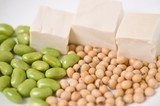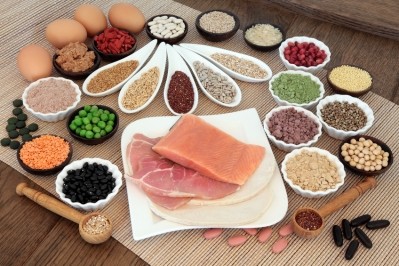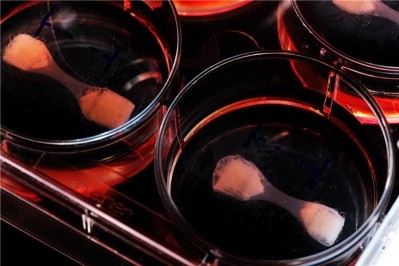How eco-friendly are meat analogues?

While plant-based diets in general may be more environmentally friendly than diets containing a lot of animal products, the fractionation process used to separate soy and wheat, for example, into their constituent parts - protein, oils, and soluble and insoluble fibres - is often highly energy intensive.
"Due to the inefficiencies in the process to make meat alternatives, we lose completely the environmental benefits," van der Goot told delegates at the European Federation of Food Science and Technology (EFFoST) annual conference in Montpellier, France.
Since the finished meat analogue needs to contain protein, fat and carbohydrate, he suggested that perhaps complete fractionation was not necessary. In addition, meat analogue products could be engineered to be healthier for individuals by retaining more of the plant fibre, considering that Western diets often lack fibre and contain more than enough protein.
"Partial fractionation might be sufficient, and partial fractionation is of course more energy efficient," he said.
Functionality-driven fractionation
Jacqueline Berghout, also of Wageningen University's Food Process Engineering department, added to this idea in a later session, focusing on her research into the potential for meat analogues derived from lupin seeds.
"First we take the whole product apart and then we add [the constituents] together to make a product out of it," she said. "This is because we are focused on the purity of the fractions. We can question the sustainability of the protein isolation process...Is it really necessary to make these pure ingredients? No food consists of one single ingredient."
She said that one way to make meat analogue production more efficient could be to plan the fractionation process with the finished product in mind.
"We skip the defatting step and keep the protein in a wet state, so we therefore use less water, we use less energy and less chemicals...The protein is not as pure but it may have some other functionalities."
She added that there was not a big difference in the amount of protein recovered through the two isolation processes, with both above 90%.
However, there are still some big challenges to be tackled in producing appealing meat analogues from lupin in particular, which does not have the gelling or water holding capacity of soy, for example.
"Meat has a nice texture and flavour," she said. "We need a very attractive alternative to encourage people to eat more plant protein."
























